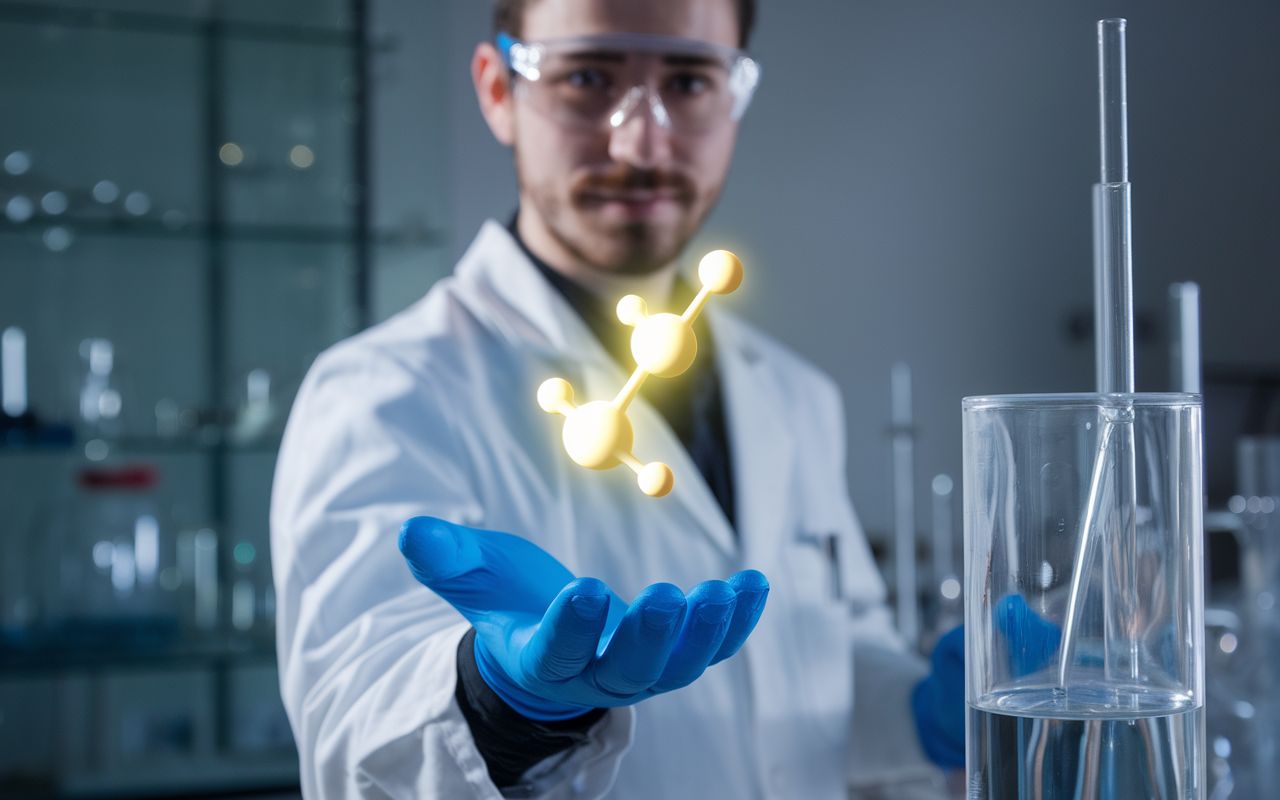Follow us on Google News (click on ☆)
Replacing a single atom in a molecule without altering the others has always been a challenge for chemists. Now, a novel technique based on light simplifies this operation.

A team of researchers from KAIST (South Korea) has developed a method to remove an oxygen atom from a molecule and replace it with a nitrogen atom. This process is performed using a technique called photocatalysis, which employs light to initiate precise chemical reactions.
The molecule furans, chosen for this study, has a particularly stable circular structure, making any modification challenging. However, thanks to photocatalysis, the researchers were able to weaken its atomic bonds to successfully achieve targeted atomic substitution. Here, light acts as a catalyst, breaking specific bonds between atoms to form new ones. By avoiding extreme temperatures or intense radiation, this method remains gentle on the molecule while being highly effective.
The idea of using light isn't new. Chemists had tried this approach as early as the 1970s. However, current technologies allow for much greater precision, paving the way for practical medical applications.
In pharmaceuticals, replacing an atom such as oxygen with nitrogen can drastically change their properties—leading to improved efficacy, reduced side effects, and more. Heterocycles found in numerous drugs could be modified more easily and directly through this method.
This discovery, which allows one atom to be changed at a time without having to rebuild the whole molecule, could speed up the development of new treatments while reducing production costs.
What is photocatalysis?
Photocatalysis is a chemical process where light is used as a trigger for a reaction. The energy from light, often in the ultraviolet or visible spectrum, excites the electrons in a catalyst, thereby enabling specific chemical transformations without excessive heat or other harsh conditions.
When a molecule absorbs light energy, it enters an excited state where certain bonds can be broken.
Why is atomic substitution important?
Atomic substitution involves replacing one atom with another in a molecule. This process can significantly alter the chemical, physical, or biological properties of a molecule, impacting, for example, the efficacy or toxicity of a medication.
In medicine, atomic substitution makes it possible to create more effective drugs by precisely adjusting their molecular structure. It also offers reduced side effects by optimizing the interactions between the drug and target cells, without the need to rebuild the entire molecule.